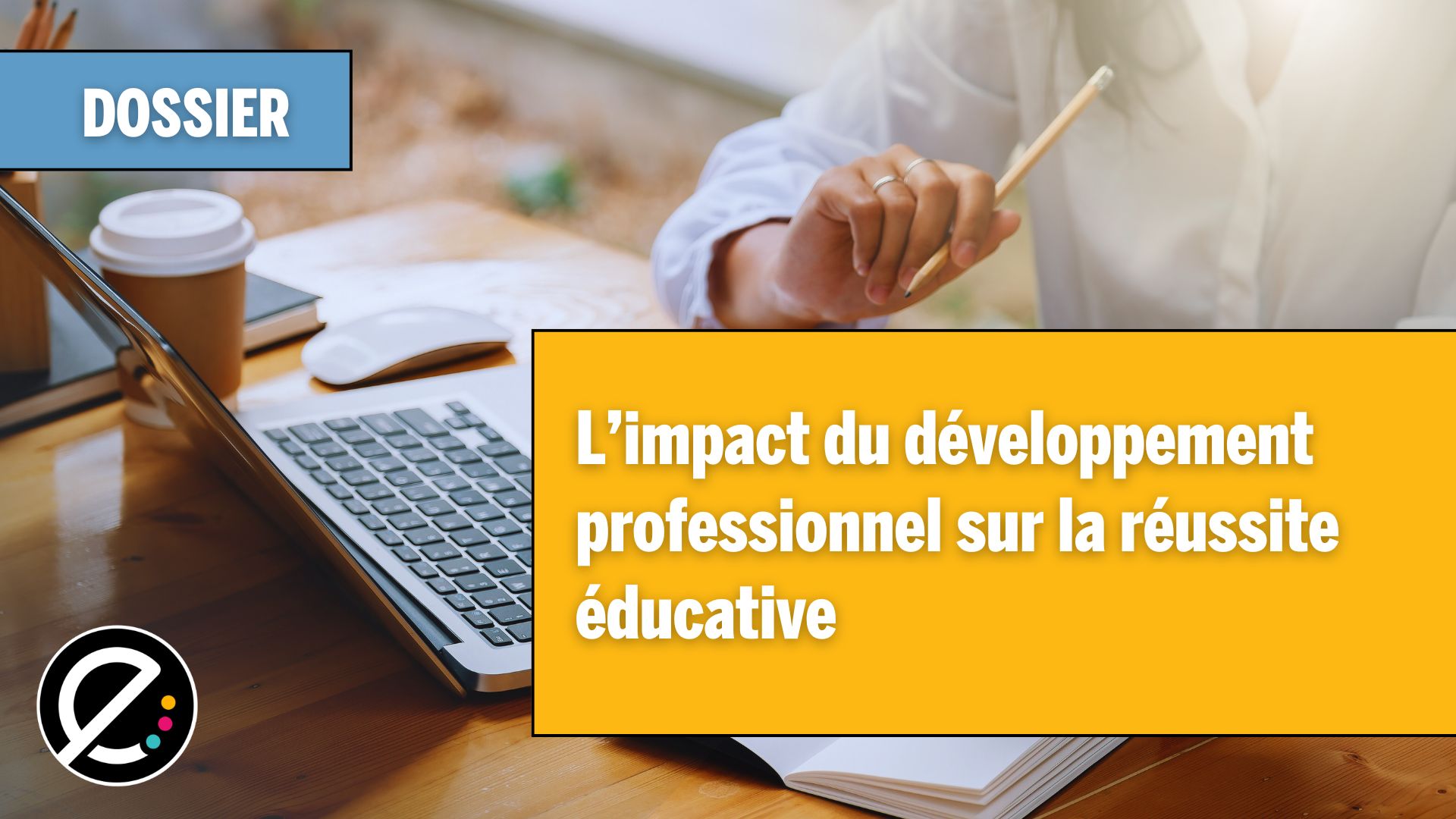Dans le cadre de la Semaine de la formation à distance, Maude Bonenfant, professeure au Département de communication sociale et publique de l’Université du Québec à Montréal (UQAM) et docteure en sémiotiques, a présenté différentes façons de penser le jeu dans un contexte éducatif à distance. Elle n’a d’ailleurs pas pu s’empêcher de parler du métavers, qui occupe une place grandissante dans cet univers.
Il existe plusieurs définitions du jeu et ce, dépendamment des domaines universitaires ou autres contextes dans lesquels il est utilisé. Maude Bonenfant affirme que le jeu, « c’est un ensemble de règles que l’on met en place afin de créer un espace de liberté ». C’est toute cette idée d’équilibre entre règles et liberté dans le jeu qui fait, selon Maude Bonenfant, un jeu réussi. De plus, penser le jeu est essentiel et d’autant plus à travers la théorie de l’autodétermination. Les éléments de cette théorie sont très similaires aux besoins recherchés par les joueurs lorsqu’ils jouent, à savoir, le besoin d’autonomie, le besoin de compétence et le besoin de lien social.
Les études sur le jeu sont relativement nouvelles et datent des années 2000 où elles étaient plus communément appelées game studies. Afin de comprendre comment les jeux se distinguent et comment ils sont utilisés au quotidien, Maude Bonenfant s’est inspirée de la typologie réalisée par Margarida Romero. En effet, l’universitaire a réalisé une typologie selon quatre stratégies pédagogiques de l’usage des jeux numériques en classe (2016). Maude Bonenfant donne des exemples de jeu pour chacune.
- L’usage pédagogique des jeux numériques (non conçus) pour l’apprentissage
– Minecraft où il est possible de faire des activités de construction, de spatialisation, de mathématiques, de physique, etc.;
– Civilization portant sur l’histoire mais où il est aussi possible de faire des activités autour des thèmes de l’environnement, de l’écologie, du développement durable;
– Assassin’s Creed – Discovery Tour contenant un module complet sur l’Egypte ancienne, idéal pour l’apprentissage de cette période historique ou encore sa simple découverte.
- L’usage pédagogique des jeux sérieux éducatifs conçus pour l’apprentissage
- Slice Fractions (pour l’apprentissage des fractions),
- Electrika (pour la découvertes des courants électriques).
- L’apprentissage par la création de jeux numériques
- Fusion jeunesse offre un module de création de jeux vidéo. Il s’agit de créer des jeux où les apprenants développent des compétences, développent de l’autonomie et travaillent en groupe.
- Roblox où les apprenants peuvent aller jusqu’à construire des mini-jeux et inviter les autres à venir jouer en équipe ou en solo.
- La ludification éducative
La ludification désigne l’utilisation de stratégies et mécanismes de jeu dans des contextes extérieurs au jeu.
Prenons l’exemple, extérieur au monde scolaire, de Foursquare qui est une plateforme où les utilisateurs peuvent repérer des commerces pour socialiser et consommer. Cette plateforme de référencement a créé toute une ludification des déplacements à travers les villes et les lieux de consommation. Foursquare a été pionnier de la ludification en utilisant des systèmes de récompense, comme les badges et les points bonus pour encourager les utilisateurs à consommer davantage.
Dans le monde scolaire, on peut penser à Classcraft (développé au Québec) qui offre une ludification de la gestion de classe à travers trois stratégies majeures qui sont le convertisseur de notes, les quêtes et les batailles de boss.
Au sujet de la ludification, voici deux dossiers de l’École branchée à lire ou à relire :
- Jouer pour apprendre : De la ludification à la ludicisation
- 8 leçons tirées des jeux vidéo pour augmenter la motivation et l’engagement
En complément :
- Un dossier du Réseau d’information en réussite scolaire (RIRE) sur l’apprentissage par le jeu.
Les premiers métavers
Les métavers sont le sujet du moment. S’ils sont considérés comme une révolution du monde du jeu numérique, les métavers ont connu une première vie à la fin des années 1990. Des jeux multi-joueurs comme Neverwinter Nights, Ultima Online et EverQuest ont été les pionniers dans ce que l’on appelle aujourd’hui le métavers. Ce sont des univers de jeu où les gens se retrouvent et créent un lien social. On y retrouve des processus d’identification, de construction de l’identité, d’appartenance, de socialisation et de reconnaissance. Ces jeux semblent avoir contribué à l’émergence d’univers complets et complexes qui deviennent ce qu’on qualifie de métavers aujourd’hui.
Les plus vieux se souviendront aussi de Second Life, qui était littéralement considéré comme un deuxième endroit de vie pour les joueurs. Il s’agissait d’un univers commercial où les gens achetaient et revendaient des biens en argent sonnant. Les plus grandes enseignes du luxe comme Louis Vuitton ont payé très cher afin que leurs enseignes apparaissent dans le jeu. Il existe même une vie politique dans Second Life, alors que des partis ont été formés et que des manifestations ont même eu lieu.
Les métavers se basent principalement sur la réalité virtuelle, mais aussi sur des technologies relativement nouvelles comme les hologrammes, les lunettes virtuelles et même sur des vestes permettant de créer des sensations bien réelles.
La course pour le métavers
Les géants de la tech comme Google, Microsoft ou encore Facebook voient aujourd’hui le métavers comme une opportunité de mobiliser plus de gens (plus précisément les adeptes de jeux vidéo) dans un monde virtuel qu’ils auront créé et où toutes les activités possibles et imaginables seront présentes. Des activités comme la spéculation financière, l’achat de biens de lots de terrains virtuels sont déjà possible dans certains métavers. Le monde de l’éducation gagne à s’y intéresser.
Pour revoir la conférence offerte par Maude Bonenfant, c’est ici :






